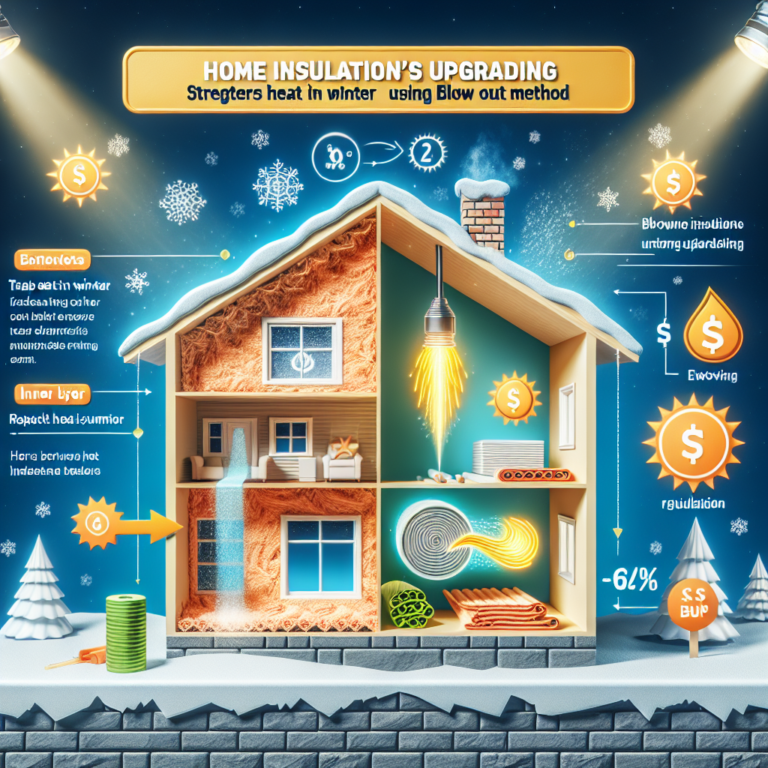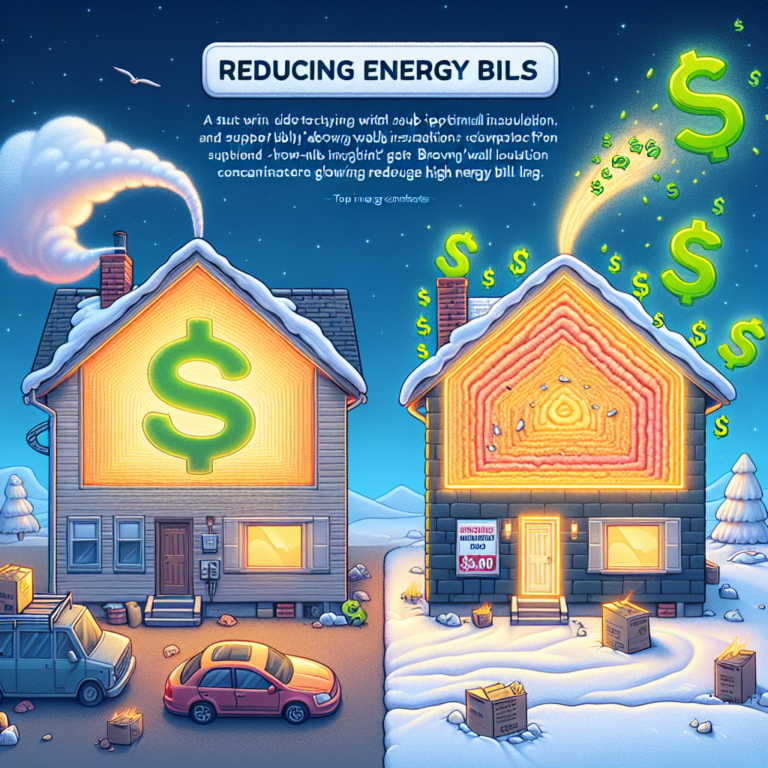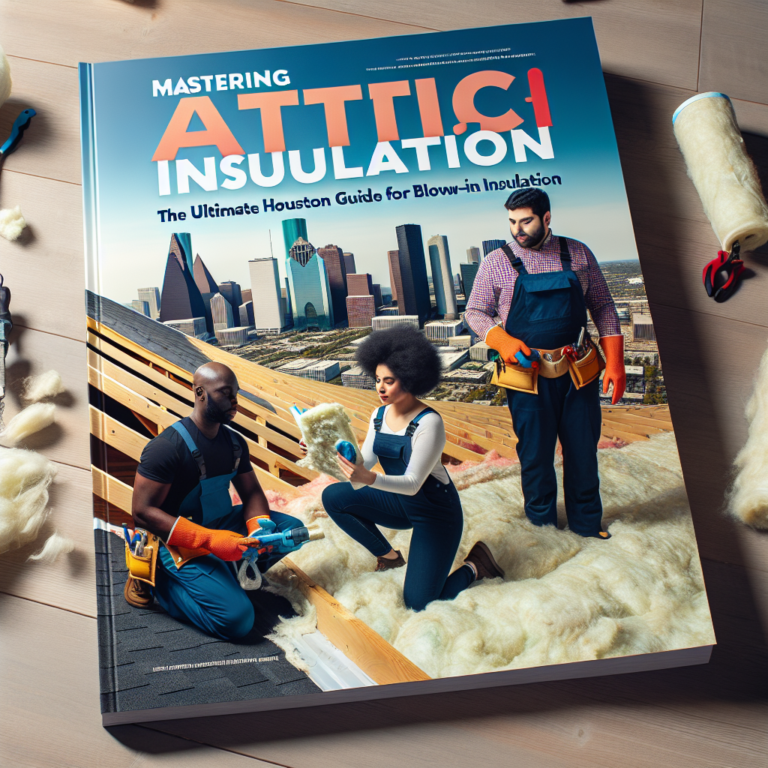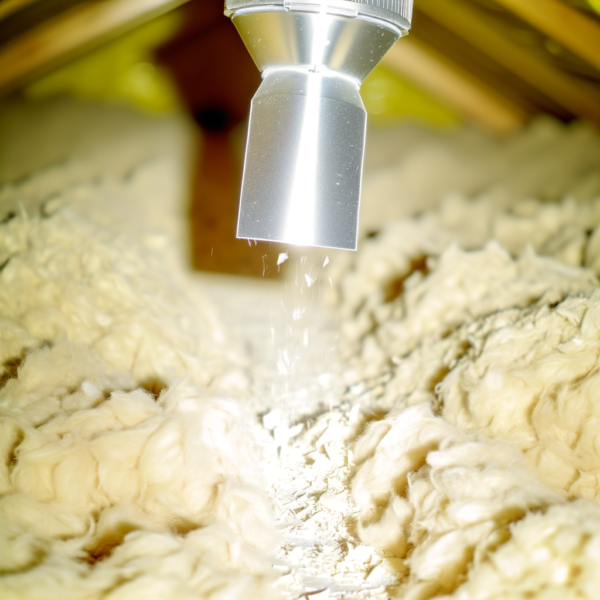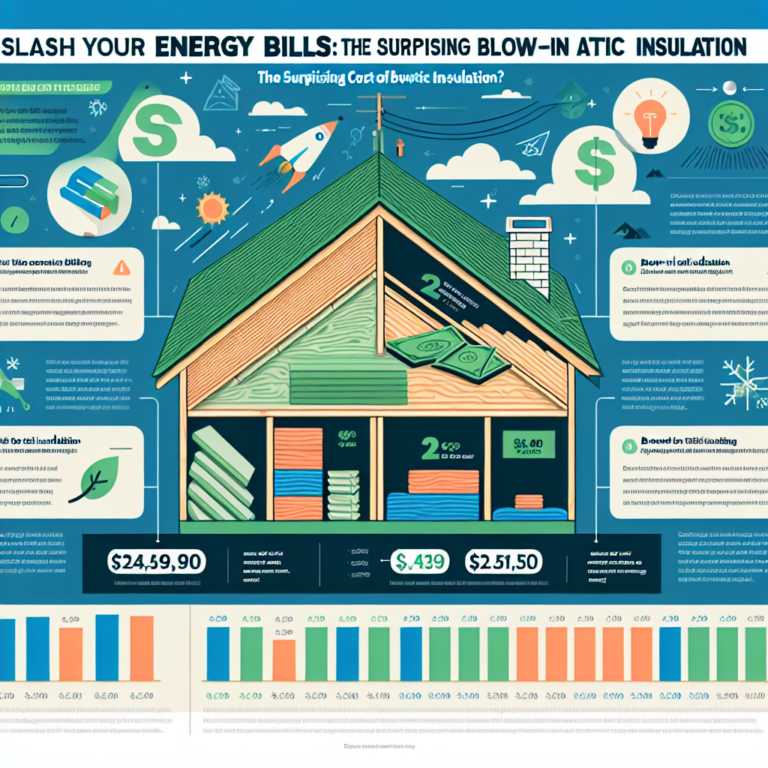Table of Contents
1. Introduction: Why Rockwool Blown Insulation?
2. Benefits of R19 Rockwool Blown Insulation
3. How to Install Rockwool Blown Insulation in Your Attic
4. Comparing Rockwool Blown Insulation to Other Options
5. FAQs About Rockwool Blown Insulation
6. Conclusion: Transform Your Home with Rockwool Blown Insulation
Introduction: Why Rockwool Blown Insulation?
Rockwool blown insulation has emerged as a game-changer for homeowners seeking superior thermal performance, sound damping, and eco-friendly credentials. Rated at R19, this loose-fill mineral wool insulation combines high thermal resistance with the versatility to fill every nook and cranny in walls, ceilings, and attics. If you want a warmer winter, cooler summer, reduced energy bills, and a quieter living space—all while lowering your carbon footprint—R19 rockwool blown insulation is your ultimate solution.
Benefits of R19 Rockwool Blown Insulation
1. Exceptional Thermal Resistance
• With an R-value of 19, rockwool blown insulation slows heat transfer more effectively than many alternatives. That means less heat escaping in winter and less heat penetrating in summer—so your HVAC system works less and your utility bills shrink.
2. Complete Coverage in Tight Spaces
• Unlike rigid batts, loose-fill rockwool molds to irregular cavities, filling gaps around wiring, pipes, and framing. That airtight seal minimizes drafts and cold spots.
3. Superior Fire and Moisture Resistance
• Made from spun volcanic rock, rockwool is non-combustible and won’t fuel a fire. It repels water, preventing mold and mildew growth, and contributes to healthier indoor air.
4. Acoustic Performance
• Its dense fibers trap sound waves, cutting down noise transfer between rooms or from outside. A rockwool-insulated home feels peaceful and quiet—even in busy neighborhoods.
5. Eco-Friendly and Sustainable
• Manufactured from abundant natural basalt rock and recycled slag, rockwool is recyclable and contains no formaldehyde. Reducing your home’s energy demand also shrinks your carbon footprint.
How to Install Rockwool Blown Insulation in Your Attic
1. Prepare the Space
• Clear out stored items and old insulation. Seal leaks around vents, pipes, and electrical fixtures with caulk or spray foam to prevent air infiltration.
2. Calculate the Needed Volume
• Measure your attic’s square footage and determine the depth required for an R-19 rating (approximately 6–7 inches of rockwool). Buy 10–20% extra to allow for settling.
3. Set Up Your Blowing Machine
• Position the machine at the attic entry point. Wear protective gear—dust mask, gloves, goggles—since fine fibers can irritate skin and lungs.
4. Blow and Distribute Evenly
• Feed the rockwool into the hopper; the machine will pneumatically deliver it through a hose. Move the hose in sweeping arcs, layering insulation uniformly. Avoid overpacking—compressed insulation loses R-value.
5. Check Depth and Finish Sealing
• Use a ruler or depth markers to confirm uniform coverage. Add more insulation where depths fall short. Finally, seal attic hatches or light fixtures with weatherstripping or insulation covers to preserve performance.
Comparing Rockwool Blown Insulation to Other Options
• Fiberglass Loose-Fill: Fiberglass offers similar installation ease but has a lower density, less sound absorption, and contains more binding chemicals. Rockwool resists fire and moisture more robustly.
• Cellulose Insulation: Made from recycled paper, cellulose is eco-friendly and offers good coverage. However, it settles over time, reducing its effective R-value, and is less fire-resistant than rockwool.
• Foam Insulation: Spray polyurethane foam provides excellent air sealing and a higher R-value per inch, but it carries a higher price tag, requires professional-only installation, and uses chemicals that some homeowners avoid.
FAQs About Rockwool Blown Insulation
Q: Is rockwool blown insulation safe for my home?
A: Yes. Rockwool is inorganic, non-combustible, and free of formaldehyde. Proper protective equipment during installation minimizes any irritation.
Q: How long does rockwool insulation last?
A: Indefinitely. Rockwool does not settle or degrade over time, maintaining its R-value and performance for the life of your home.
Q: Will rockwool insulation attract pests?
A: No. Its mineral composition deters rodents and insects, unlike cellulose which can invite infestations.
Conclusion: Transform Your Home with Rockwool Blown Insulation
Rockwool blown insulation offers the ultimate R19 solution for homeowners who demand top-tier thermal resistance, fire safety, soundproofing, and sustainability. By choosing rockwool blown insulation, you not only cut energy costs and boost comfort but also invest in a green, long-lasting thermal barrier. Revolutionize your living space today—seal in comfort, quiet, and savings with R19 rockwool blown insulation.


